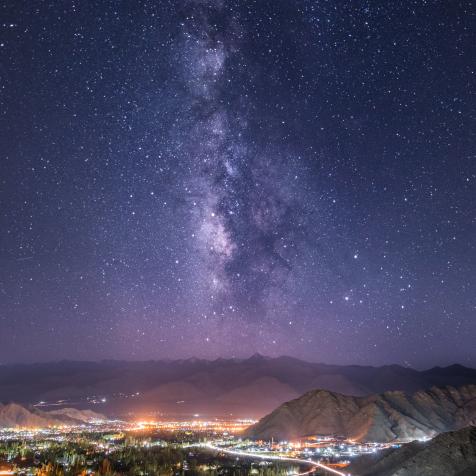
3DSculptor
2020: A Year of Big Leaps for Mankind

Here are a variety of some amazing space launches to look forward to in 2020.
If we’re going to send things into space, let’s do it right. 2020 is set to start the decade with a variety of awesome launches, including but not limited to:
1) When the Moon hits your eye: Recently NASA made bold, audacious plans to send humans into…charted territory. That’s right, we’re going back to the Moon, and this time we mean it! Project Artemis (if you’re curious about the name, the Greek goddess Artemis was the twin sister of Apollo, the Moon god himself) is NASA’s plan to send humans to the surface of the Moon, return them back to the Earth, and do it a few more times. Over the course of years, we should get enough experience and testing to go for the big red prize in the sky: Mars.
While NASA won’t be sending humans to the Moon quite yet, this year, they will be testing the Space Launch System, which is a very boring and bureaucratic name for what will be the biggest rocket ever made.
Oh, did I mention that the Chinese will be sending their fifth Chang’e lander to the Moon, the one is designed to return a sample back to Earth, the first we’ve done that as a species since the Soviets in 1976? Yeah, they’re not messing around.

Alexander Rieber / EyeEm
2) How’s the view up there? The United States hasn’t launched their own astronauts from American soil since the retirement of the Space Shuttle in 2011. For the past decade, space-bound folks have had to buy tickets on Soyuz capsules launched from Kazakhstan – at ever-increasing prices. That awkward situation has a solid chance of ending this year, as both SpaceX and Boeing are in the final stages of testing their crew-capable spacecraft, both of which are equipped with appropriately space-age names: the SpaceX has the Dragon while Boeing chose the Starliner.
Who knows if this will actually happen in 2020, as both companies (and NASA) have struggled through several miserable years of delays and funding shortfalls in this program. But it’s bound to happen sooner or later, right?

ROBYN BECK
3) Mars or bust: Four different missions are slated for the Red Planet this year, including three new little robots to scour the Martian surface. NASA’s appropriately-named Mars 2020 will hunt for evidence of life in that big red desert, while the Chinese Huoxing-1 and the joint European-Russian Rosalind Franklin will generally crawl and poke around looking for anything interesting. And the fourth probe? A relative newcomer to the space race scene, the United Arab Emirates, will be sending the orbiter Hope Mars Mission.

SCIEPRO/SCIENCE PHOTO LIBRARY
4) Can you hear me now: Do you like the internet? Do you really like cheap, reliable high-speed internet? Do you like getting that access wherever you go, whenever you go, day or night? Well Elon Musk and his crew at SpaceX (the same folks launching Dragons into space) have something special up their rockety sleeves, just for you. Launches throughout the year will send dozens of satellites into Earth orbit as a part of the Starlink program, designed to provide broadband internet access to the whole entire planet.

Barcroft Media
But SpaceX isn’t alone; competitor OneWeb will also be launching their own fleet of “mega-constellations” into space this year (and if you need any proof that we well and truly live in the space age, look no further than this sentence). By the close of the year, we’ll have nearly 1,500 new communication satellites in our skies, to the annoyance of the astronomer and the delight of everybody else.
This year will certainly prove to be a busy year in spaceflight. Who knows what we’ll get in 2021?



















